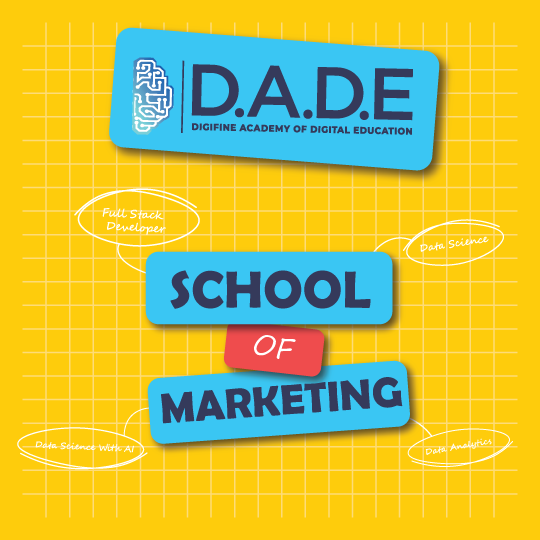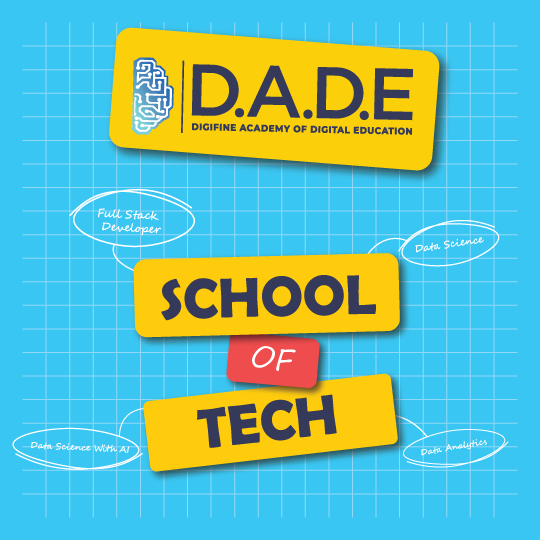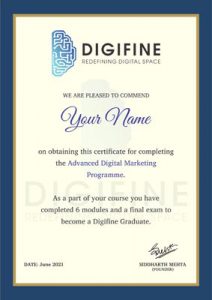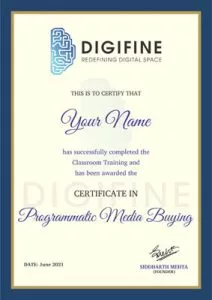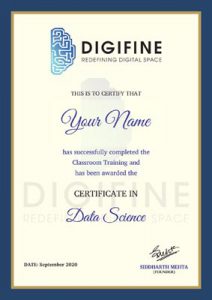Enroll for the Most Advanced
DIGITAL MARKETING | TECH | DESIGN Courses in India

Digital Marketing Courses with Placements in Mumbai
Digifine Academy offers highly advanced Digital Marketing Courses with placements in Mumbai. We aim to bring accessible, impactful, and highly effective digital marketing education to our students and pave their way to a revolutionary and rewarding digital future.
Our Courses
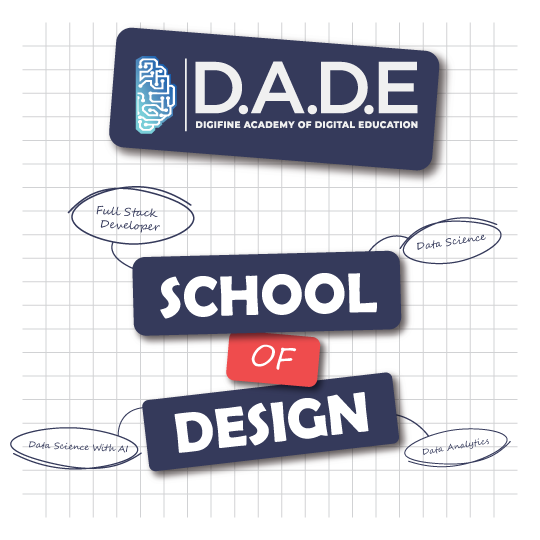
100% Guaranteed Placement
- Graphic Design Graduate Program
- Master in Graphic Design & Animation Program
- Master’s Certification In Multimedia Design & Animation
100% Guaranteed Placement in AI Powered Post Digital Marketing Course in Mumbai
At Digifine Academy, we place our students in a wide range of companies and organizations offering great industry exposure and experience. Being in this industry for a long time, we have established solid and valuable connections with companies and organizations in digital marketing and related sectors. This gives us and our students an upper hand over everyone else for internships and placements.
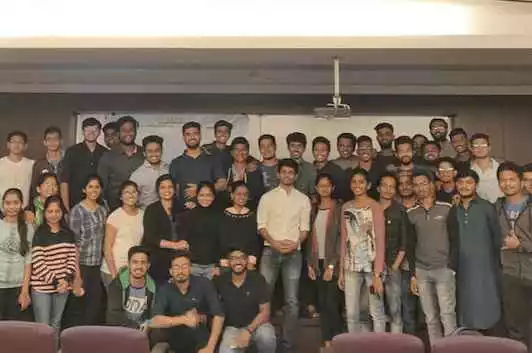
Why Digifine Digital Marketing Course With Placements in Mumbai?
Our flagship Digital Marketing Graduate Course in Mumbai is the first of its kind in India. It not only teaches you digital marketing but you also learn to implement it through strategic management & data science. This unique digital marketing course with placement is the perfect combination of theoretical knowledge with practical exposure.
Digifine offers an international certificate for the Strategic Management module from the reputed IBMI Institute in Berlin, Germany. All our courses are designed and taught according to international standards.
When you want to set global industry standards, you tune into the best of the industry. That’s what we did by creating the Industry Advisory Panel, full of experts who have worked with some of the world’s most influential tech brands. Their insight and expertise ensure that our digital marketing courses with placement are at par with the global industry standards.
Students of Digifine Academy receive around-the-globe training which makes them industry-ready on the completion of their courses.
We offer our students all-time post-course support. We are there to guide our students when they’re learning with us and also to support them when they progress ahead into their careers.
Digifine Academy, unlike other institutions, provides its students with a 100% Placement guarantee, making it the best digital marketing training institute in Mumbai.
Digifine Digital Marketing Graduate Program Certifications
Digifine Academy’s Digital Marketing Course certifications are globally recognized. Our curriculum has been designed and created by industry experts not just from India but from all over the world. This allows us to impart internationally accepted industry knowledge on a global level to our students.
Digital Marketing Institute in Mumbai student review
Shreya Soni
Digital Marketing Manager, Adbizit
Talvinder Singh
Digital Marketing Associate, Group M
Darshil Doshi
Paid Media Specialist, Group M
Kashish Raghani
Creative Head, Adbizit
Pooja Shrimal
Sr. Media Planner, Tonic Worldwide
Nisha Vishwakarma
Programmatic Analytics, Publicis Groupe, Andheri
FAQs
Our Digital Marketing Courses
Digifine Academy’s digital marketing courses with placements cover the whole gamut of digital marketing sectors. These include graphic design, video editing & animation, website development, data science, and machine learning along with digital marketing. Graduate-level courses and master’s certifications are designed to get the students ready for a career in digital marketing. Our professional and executive programs cater specifically to marketing professionals looking to skill up and move ahead in their careers.
Digital Marketing Placements and Salary in Mumbai
With Digifine Academy, you get the best internships and placements with reputed industry leaders in digital marketing organizations all over India. These include placement in organizations situated in major cities and economic growth hubs of India that include Mumbai, Pune, Bangalore, Delhi, and Jaipur among many others. Our students get stipends and salaries at par and above the current industry standards in the industry.
Why Digifine Academy is best for a Digital Marketing Course
Digifine Academy offers the best digital marketing courses with placement in Mumbai, India. Our courses are globally recognized and cover all facets of digital marketing. Our Industry Advisory Panel consists of renowned experts who have worked with some of the world’s most influential brands. We offer guaranteed internships and placements with industry-leading digital marketing firms and organizations all over India. We also provide all-time post-course support to our students even after completion of the course. We train our students to become the best in their field and surge in their careers ahead.
What is the Duration of Digifine Course?
We offer the most advanced digital marketing courses with placements that cover different sectors of the industry. Here is a brief overview of the course durations.
Digital Marketing Graduate Program- 8 months
Professional Digital Marketing Program- 6 months
Masters Certification in Global Digital Marketing Program- 6 months (3 months in Mumbai/3 months in Dubai)
Executive Digital Marketing Program- 50+ hours of live classes
Advanced Graphic Design Course- 217+ hours of training
Data Science and Machine Learning Program- 6 months (210+ hours of live classes)

